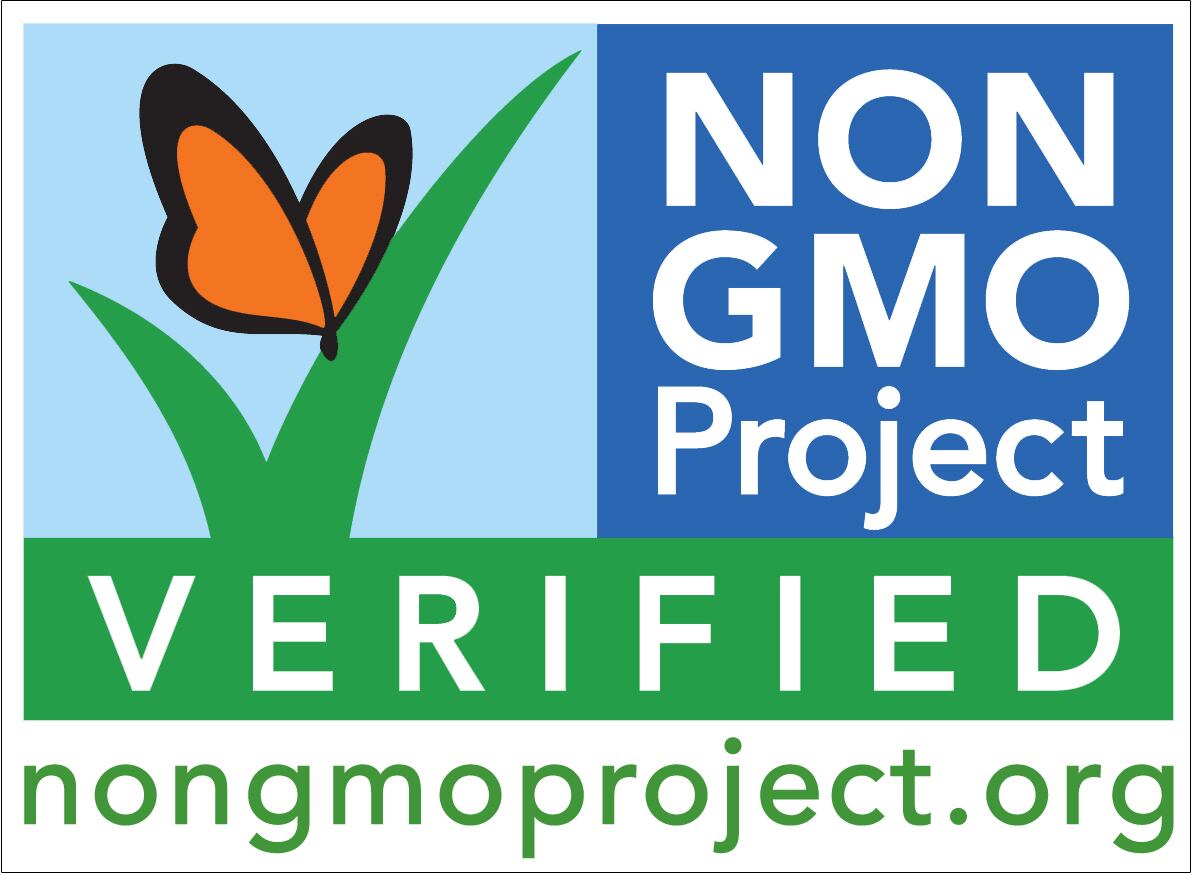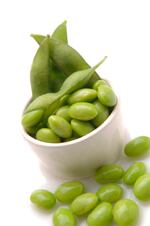Protein has benefited from a rebirth in the US in recent years, and formulators are increasingly looking for more alternatives to dairy, where price is an issue.
Several years ago, market analysts Mintel and SPINS were reporting a slump in the $2.6bn US soy food and beverages market (in food and drug stores, mass merchandisers - excluding Walmart - and natural stores). The market declined by 13.6% during 2008-10 and was predicted to decline a further 17% during 2010-12.
Anne Brown, senior manager of the food ingredients marketing group at Scoular, told us that the soy market stagnated for a while, but it is now picking up.
“Last year, we saw a lot more interest in soy protein, related to its cost and to some positive press,” she said.
New product launches
Brent Lambert, VP-Proteins & Gums for New Jersey-based Farbest Brands agreed on the increase in interest levels: “In speaking specifically about soy protein isolates, we’ve seen a significant growth over the last 5 years. We have seen a continuing shift from dairy proteins to soy proteins.”
Soy protein isolates are cost effective and readily available, and cost is the key benefit, said Lambert.
“It is application dependent where water binding and emulsification is required,” he explained. “Food developers are certainly taking advantage of the benefits of soy.”
“Soy is still being used in new product launches. Food developers have a clear understanding when and where to use soy proteins.”
Market dominance
The US soy protein market is dominated by ADM and DuPont (which acquired full ownership of Solae in May 2012), and DuPont Nutrition & Health’s director global strategic marketing, Greg Paul, told us that the US and China are the largest soy protein isolate markets worldwide.
“However, a greater proportion of soy protein isolates are used in food and beverage products in the US compared to China,” he said.
“Soy protein isolates continue to show dynamic growth in the food and beverage market, especially in products targeting weight management, sports nutrition, and balanced nutrition,” said Paul.
“Soy protein isolates are a popular ingredient for consumers looking to manage their weight, add some muscle, or just eat more healthily because it can deliver the balance of both taste and nutrition that consumers are looking for.”
In the field of sports nutrition, there has also been increased interest in the market for protein blends. Only recently, Jose Antonio, PhD, CEO of the International Society for Sports Nutrition (ISSN), told us that he expects “to see more protein blends”.
A recent study partly funded by Solae/Dupont indicated that a blend of casein, whey and soy (50% casein, 25% each whey and soy) is superior to whey alone in promoting protein synthesis in muscle.
Non-GMO

Given that 94% of all soy in the US is grown using GM seeds, how big a deal is the GMO issue? Scoular’s Brown said that this was getting a lot of play in the natural health sector. Scoular supplies a range of soy protein ingredients that are both non-GMO or organic. The prices, she said, were competitive with the GM soy.
The majority of the non-GMO is imported. It is possible to source non-GMO from the US, she added. Scoular runs a clean supply chain and hits the EU standards and the non-GMO standards. Indeed, the company’s Isopro 956 Hi Soy Protein Isolate has become the first soy protein to gain approval by the non-GMO Project.
“The main issue for the big producers is that they do not have the segregation in the supply chain.”
Demand for non-GMO soy is growing in Asia, too, and this is putting more pressure on the market.
Lambert noted that Farbest only carries non-GMO products. “This is seen as a benefit by our customers,” he said.
“This is still a strong issue and directly related to the position of the finished product and its targeted consumer.”
DuPont’s Paul said that the GMO initiatives influence food markets more than others in different countries around the world. “That is why it is important to give food manufacturers a choice between Identity Preserved IP non GMO soy protein isolates, where traceability is provided from field to finished product, and soy protein isolates produced from commodity market soybeans,” he said.
“Because DuPont has an Identity Preservation program with a proven record of success globally since 1998, to complement traditional production of soy protein isolates, we are able to deliver identity preserved soy protein isolates to customers around the world with greater reliability on quality and availability.”
Still as appealing?
Despite increasing competition from other plant proteins like pea, soy is still being used in new product launches, said Farbest’s Lambert.
DuPont’s Paul said that nutrition bars are an application seeing increased growth for soy protein, “where soy protein not only provides nutritional benefits as a high-quality protein source, but functional benefits like improved texture and mouth feel.
“Once manufacturers and brand owners see and taste food products formulated with today’s soy protein isolates, the lower costs and supply advantage relative to dairy protein becomes the icing on the cake,” he added.
Next generation

The other big player in the US soy protein market – ADM – had been making waves in recent months with its Clarisoy ingredient.
Heralded as a disruptive technology, Burcon NutraSciences developed Clarisoy, an ‘invisible’ soy protein for low pH drinks. Interest in the ingredient, which is being commercialized by ADM, is coming from all players, great and small, from “top-tier multinational companies to niche regional fruit juice companies”, says ADM.
In a white paper on the ingredient, ADM notes: “The key difference between formulating low pH powdered beverages with traditional soy proteins and Clarisoy is the use of hydrocolloids as stabilizers.
“When formulating low pH powdered beverages with traditional isolated soy protein, stabilizers are incorporated to prevent separation and to contribute to mouthfeel and viscosity. Due to higher solubility displayed by Clarisoy at low pH ranges, stabilizers are not required for stability or mouthfeel.”
There are also flavor improvements with Clarisoy, said the company, with traditional isolated soy protein having slight beany, cereal, bitter, and/or astringent flavors. Clarisoy, however, has an overall clean and bland flavor, with slight astringency.
“Efforts are currently underway to mask or modulate the astringency associated with Clarisoy soy protein isolates.”
